
Marshall Prepares for Strategic Facilities Updates
NASA's Marshall Space Flight Center is getting ready for the next big step in the evolution of its main campus. Through a series of multi-year infrastructure projects, Marshall is optimizing its footprint to assure its place as a vibrant and vital hub for the aerospace community in the next era.
Near-term plans call for the carefully orchestrated take-down of 19 obsolete and idle structures - among them the 363-foot-tall Dynamic Test Stand, the Propulsion and Structural Test Facility, and Neutral Buoyancy Simulator. These facilities are not required for current or future missions, and the demolitions will help the center transition to a more modern, sustainable, and affordable infrastructure.

"These facilities helped NASA make history - the Dynamic Test Stand was the tallest manmade structure in North Alabama and helped us test both the Saturn V rocket and the space shuttle," said Joseph Pelfrey, Marshall's center director. "Without these structures, we wouldn't have the space program we have today. While it is hard to let them go, the most important legacy remaining are the people that built and stewarded these facilities and the missions they enabled. That same bold spirit fuels us, today. We are committed to carrying it forward to inspire the workforce of tomorrow."
Built in 1964, the Dynamic Test Stand initially was used to test fully assembled Saturn V rockets. In 1978, engineers there also integrated all space shuttle elements for the first time, including the orbiter, external fuel tank, and solid rocket boosters.
The Propulsion and Structural Test Facility - better known at Marshall as the "T-tower" due to its unique shape - was built in 1957 by the U.S. Army Ballistic Missile Agency and transferred to NASA when Marshall was founded in 1960. There, engineers tested components of the Saturn launch vehicles, the Army's Redstone Rocket, and shuttle solid rocket boosters.
The Neutral Buoyancy Simulator, including its 1.3-million-gallon tank and control room, was built in the late 1960s. From 1969 until its closing in 1997, the facility enabled NASA astronauts and researchers to experience near-weightlessness, conducting underwater testing of space hardware and practice runs for servicing the Hubble Space Telescope. It was replaced in 1997 by a new facility at NASA's Johnson Space Center.
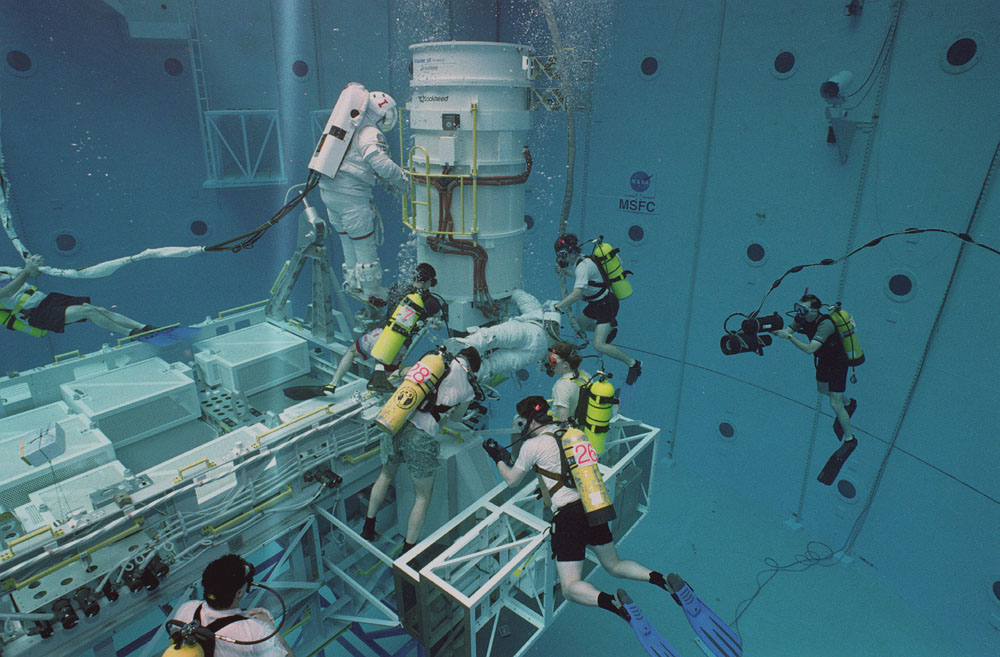
Honoring the Past, Building the Future
Marshall master planner Justin Taylor said the facilities team looked at every possibility for refurbishing the old sites.
"The upkeep of aging facilities is costly, and we have to put our funding where it does the most good for NASA's mission," he said. "These are tough choices, but we have to prioritize function and cost over nostalgia. We're making way for what's next."
To preserve NASA history, the agency has worked with architectural historians over the years on detailed drawings, written histories, and large-format photographs of the sites. Those documents are part of the Library of Congress's permanent Historic American Engineering Record collection, making their history and accomplishments available to the public for generations to come.
Marshall facilities engineers are still finalizing the details and timeline for the demolitions. Work is expected to begin in late 2024 and end in late 2025. Additionally, to support the center's employees and all the mission work they are doing, Marshall has a few infrastructure projects in design stages that will include the construction of two state-of-the-art buildings within the decade ahead.
A new Marshall Exploration Facility will offer a two to three story facility at approximately 55,000 square feet located within the 4200 complex. The facility will include an auditorium, along with conferencing, training, retail, and administrative spaces. The new Engineering Science Lab - at approximately 140,000 square feet - will provide a modern, flexible laboratory environment to accommodate a new focus for research and testing capabilities.
Ultimately, NASA's vision for Marshall is a dynamic, interconnected campus. The center's master plan features a central greenway connecting its two most densely populated zones - its administrative complex and engineering complex.
"As we look towards the aspirational goals we have as an agency, Marshall's contributions may look different than our past but be no less important," said Pelfrey. "And we want our partners, employees, and the community to be part of the evolution with us, bringing complementary skills and capabilities, innovative ideas, and a passion for exploration and discovery."
Center Helps Grow Team Redstone's Green Canopy for Earth Day
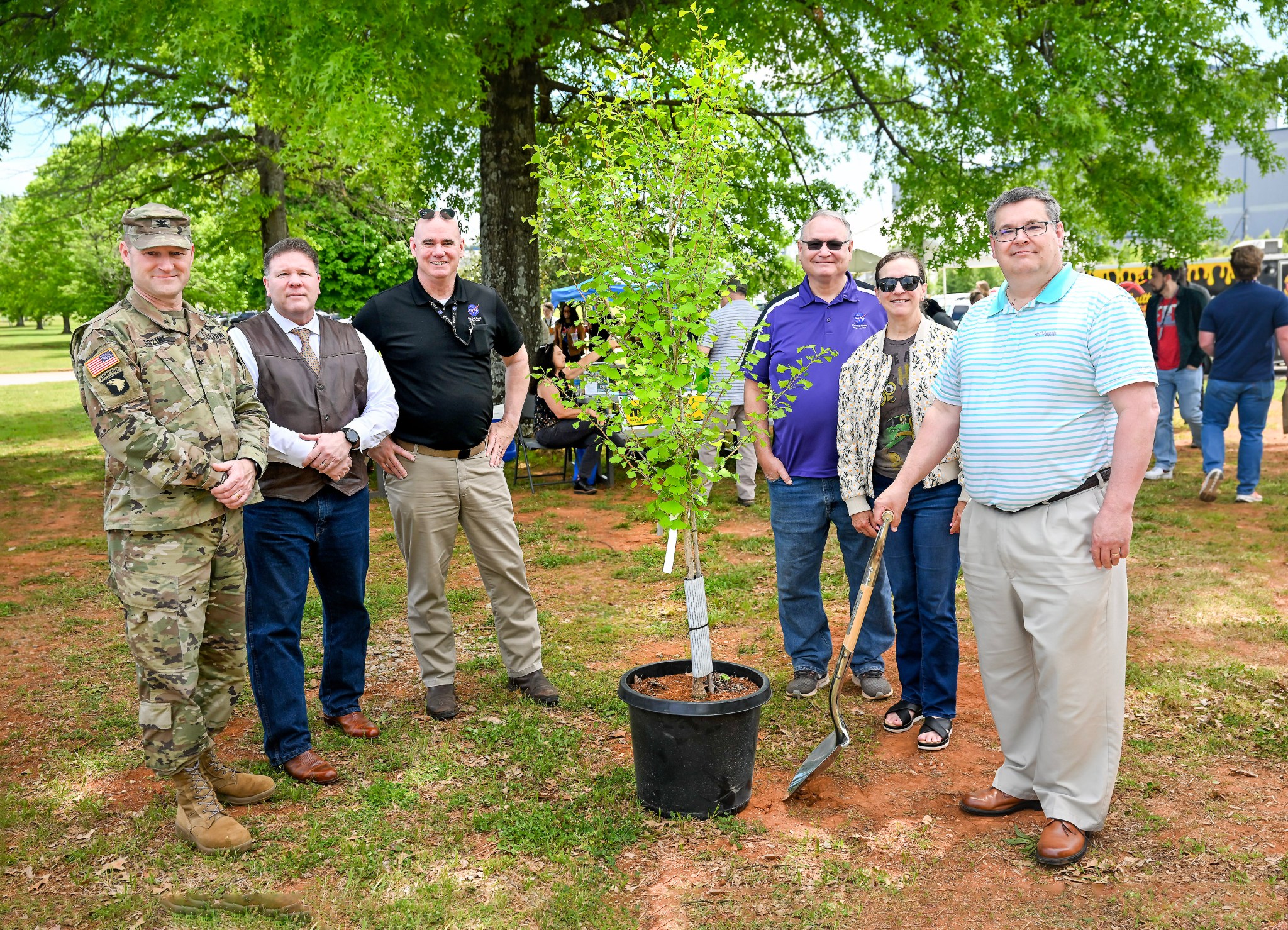
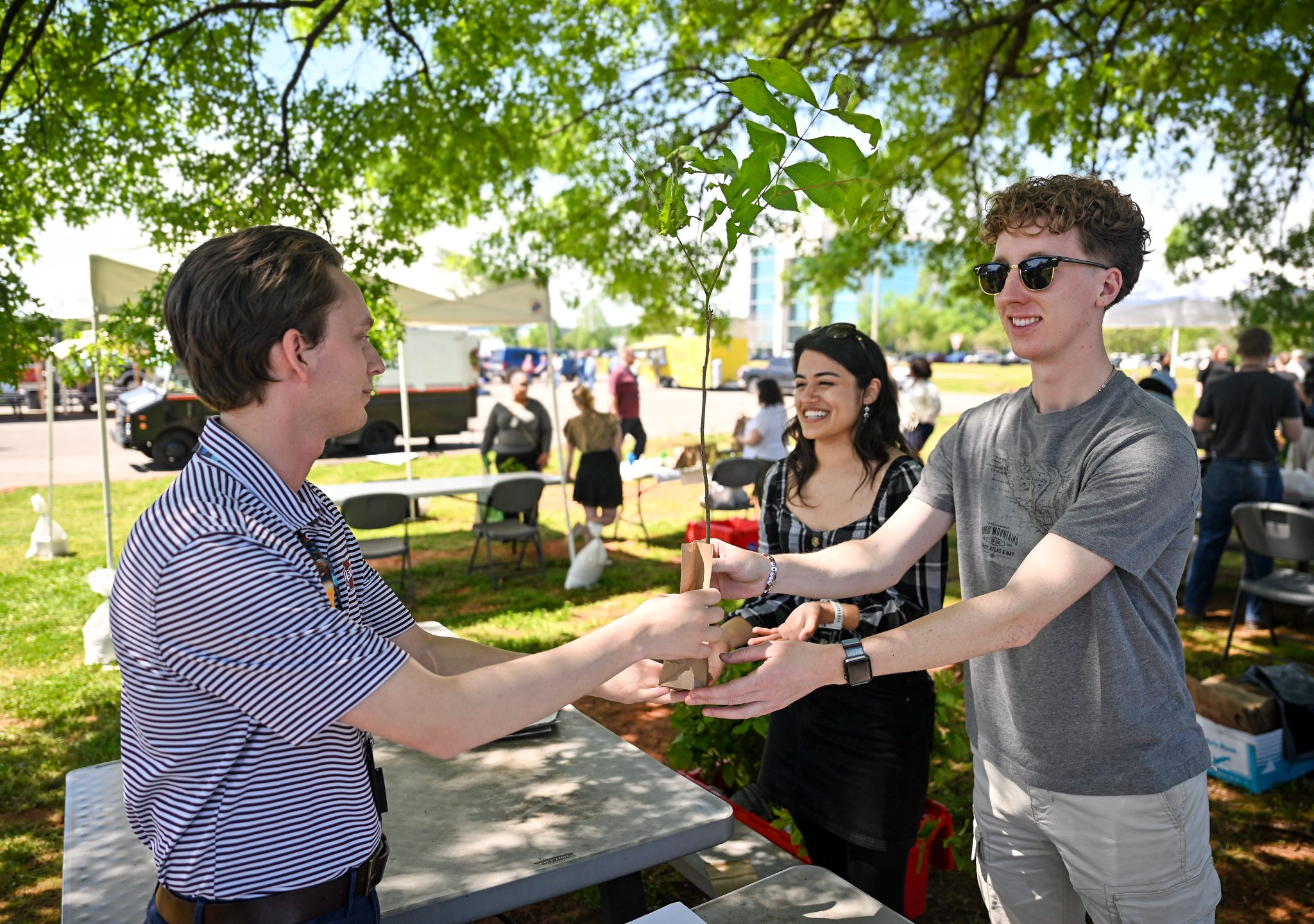
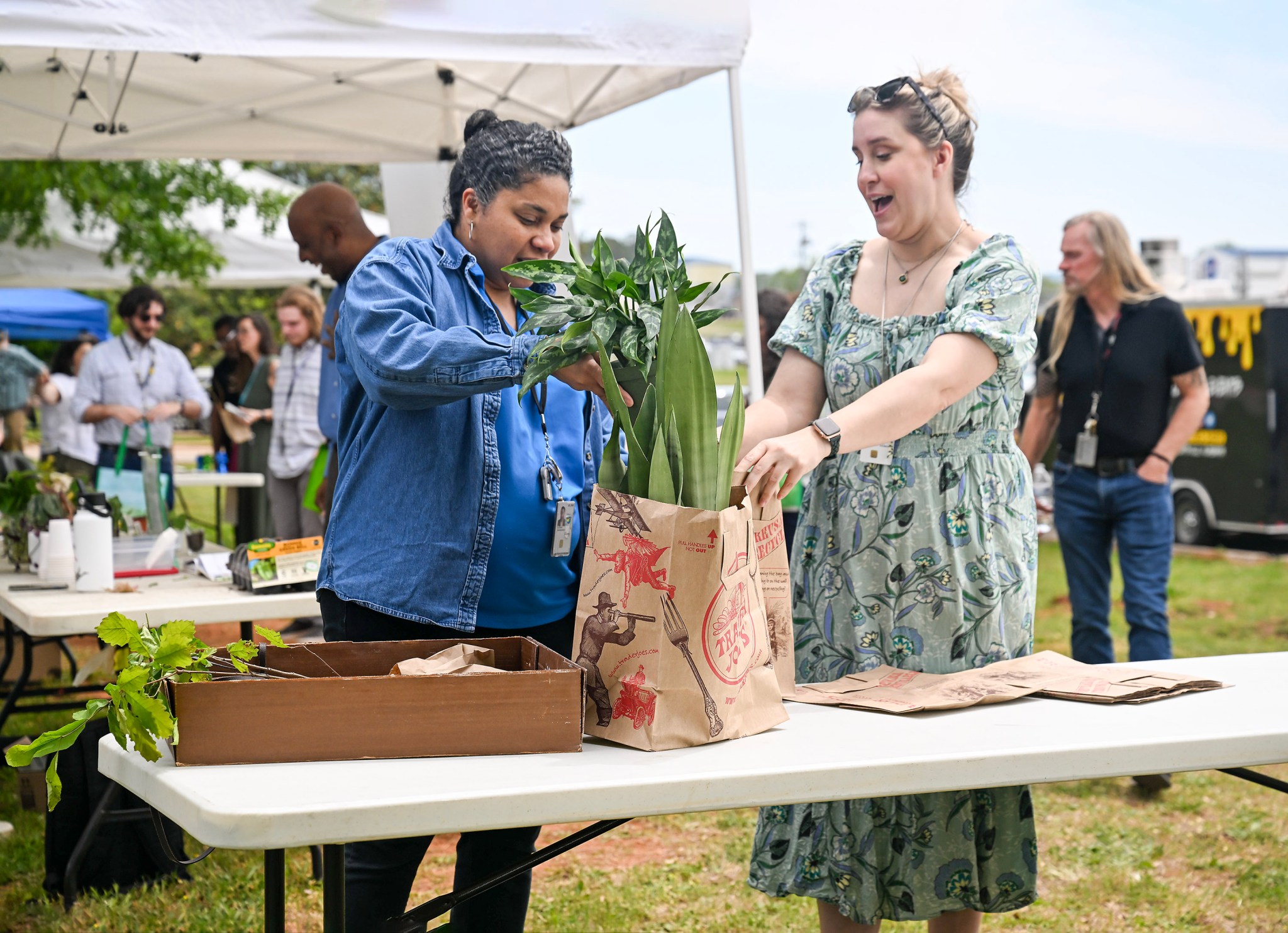
Michoud Workforce 'Goes Green' in Celebration of Earth Day
Team members at NASA's Michoud Assembly Facility marked Earth Day 2024 on April 22 by planting satsuma trees and small plants near administrative and office buildings.
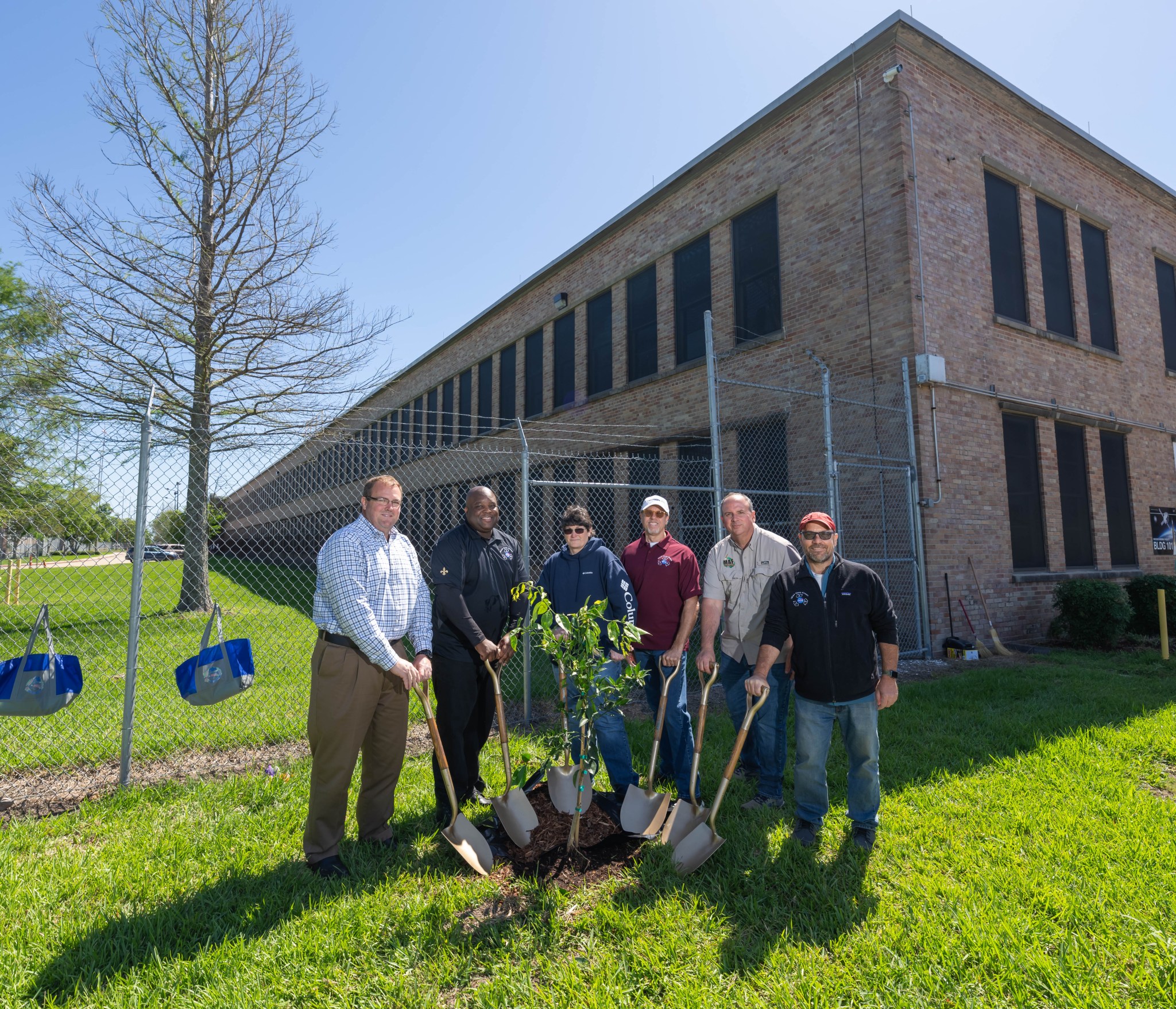
Nearly 50 employees from NASA, Boeing, Lockheed Martin, Syncom Space Services (S3), Textron, and various other contractors worked together to weed flower beds and pick up litter and debris around the 829-acre site on Earth Day.
"The Earth Day activities this morning were not only good for the environment, but also good for our workforce," said Michoud Director Hansel Gill, "It was a pleasure to see folks from various contractors and tenants come together, get their hands dirty, and enjoy the comradery. Everyone was smiling, the weather was perfect, morale was high, and we look forward to hosting more opportunities such as this in the future."
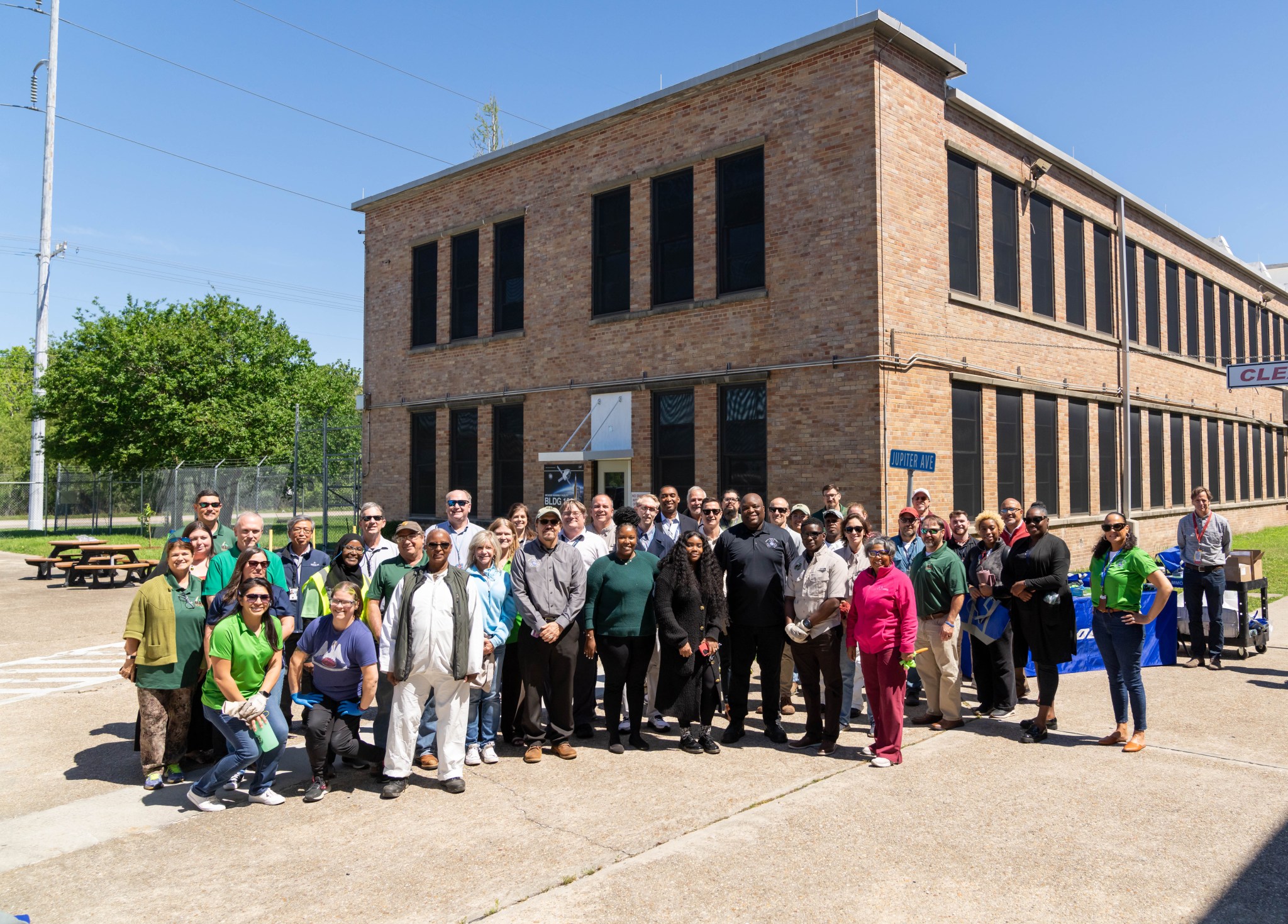
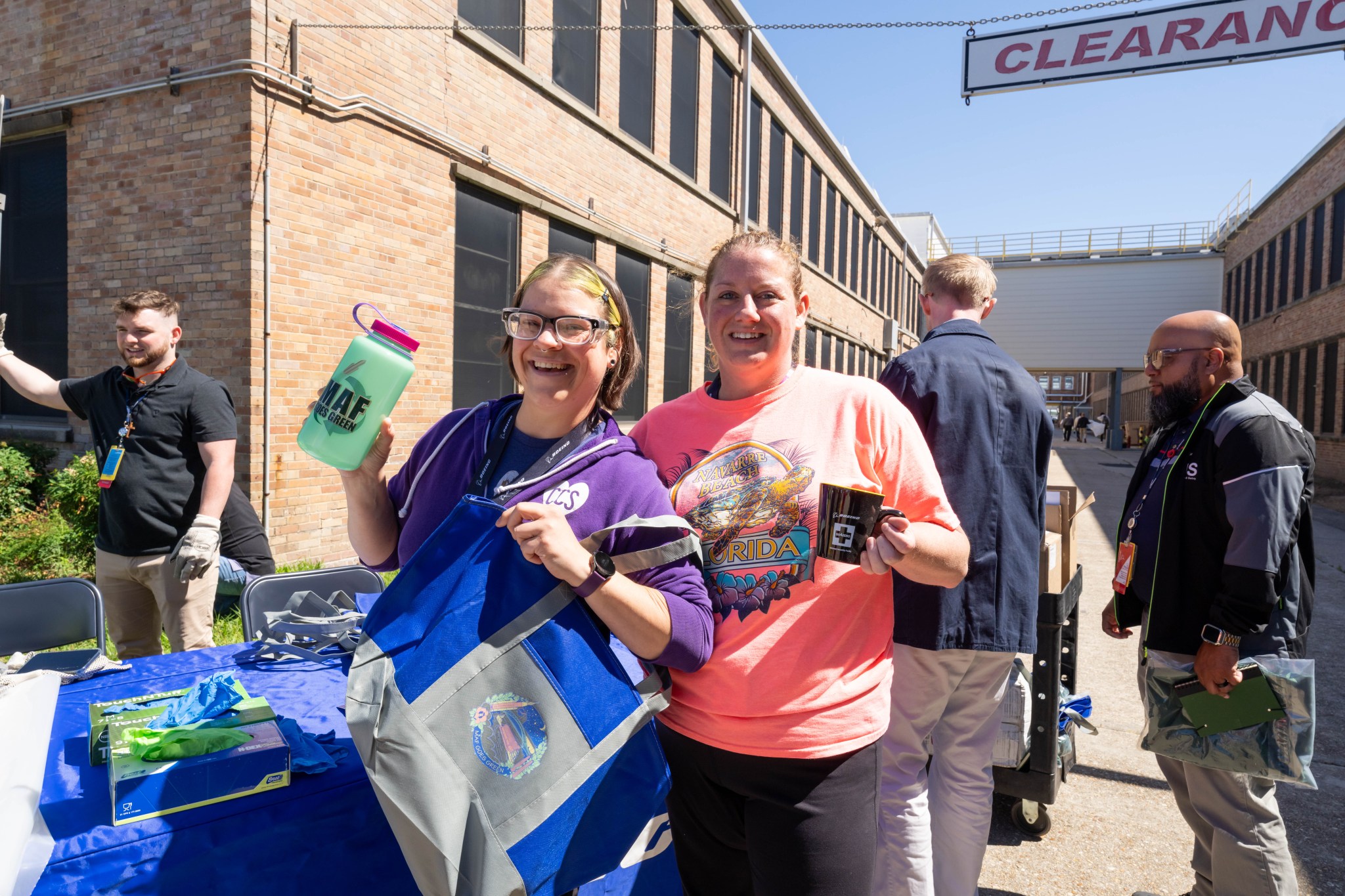
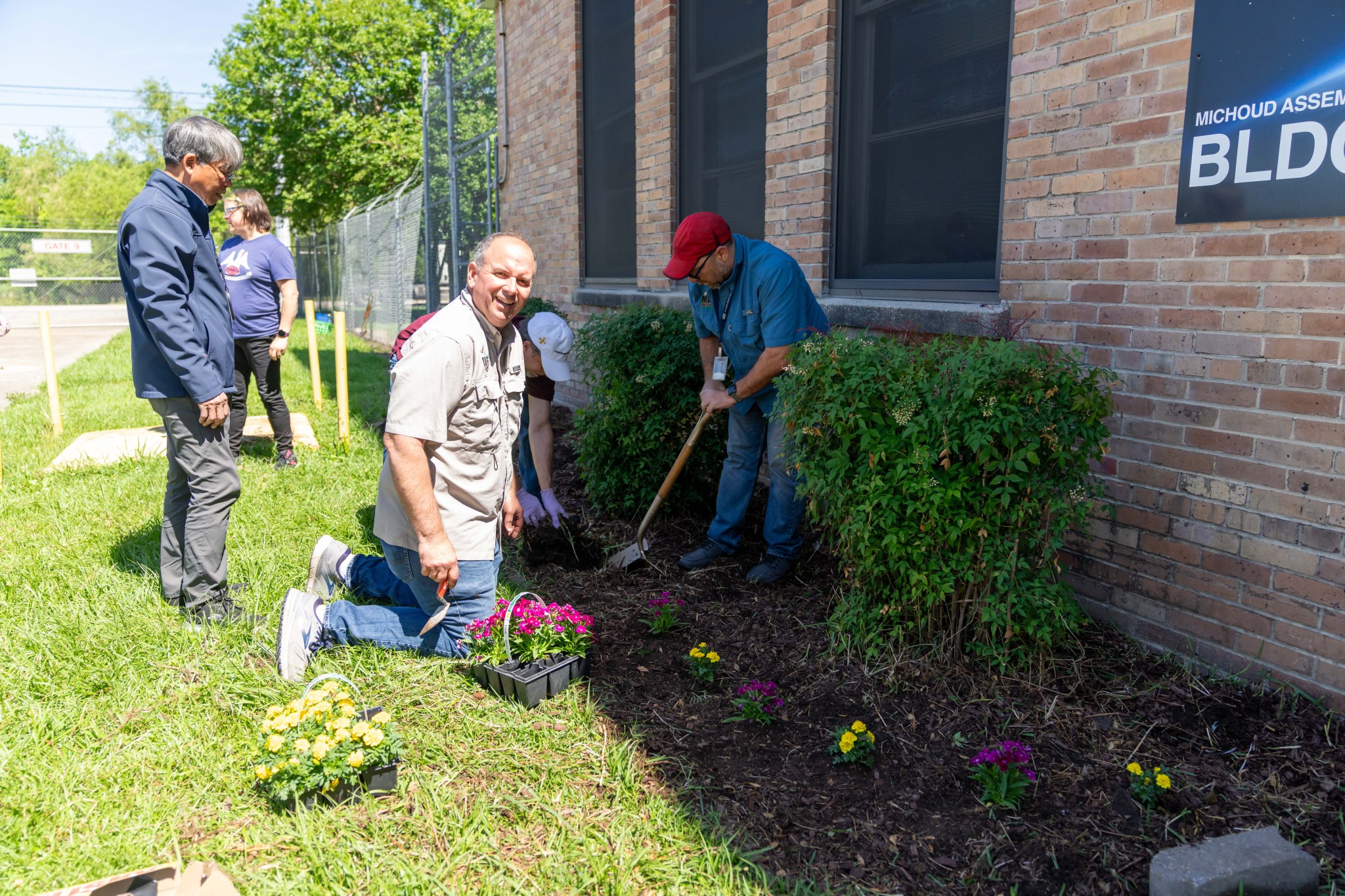
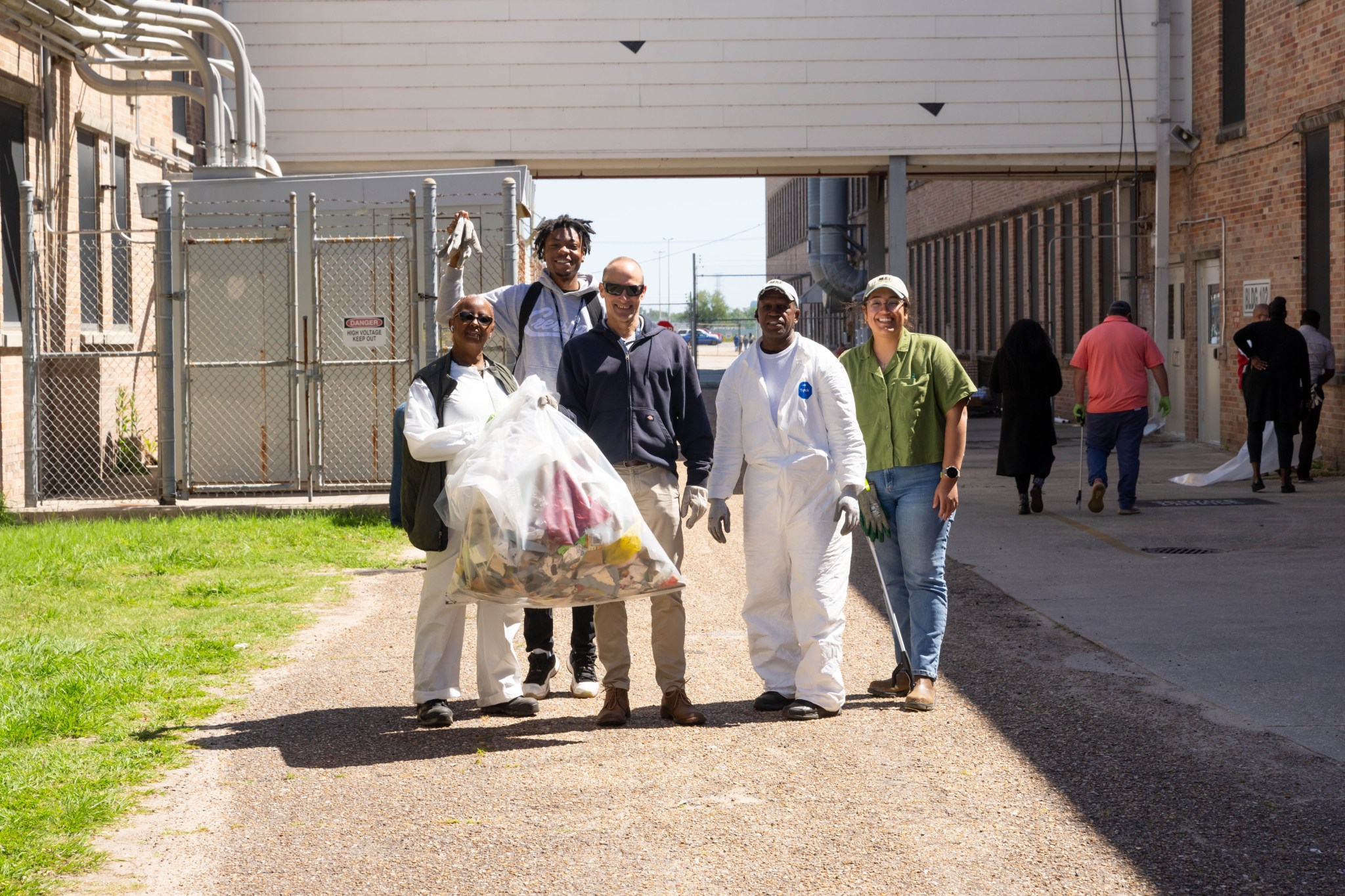
Export Control Office Keeps Marshall Safe and Secure When Sharing Knowledge
By Jessica Barnett
As a team member at NASA's Marshall Space Flight Center, it's your responsibility to help make sure information doesn't fall into the wrong hands. That includes checking in with the center's Export Control Office before a presentation or visit with foreign nationals or entities.
Marshall's Export Control Program features four staff members and a multitude of certified Center Export Representatives (CERs) who will work with team members to ensure organizations can get their work done without violating export control laws.
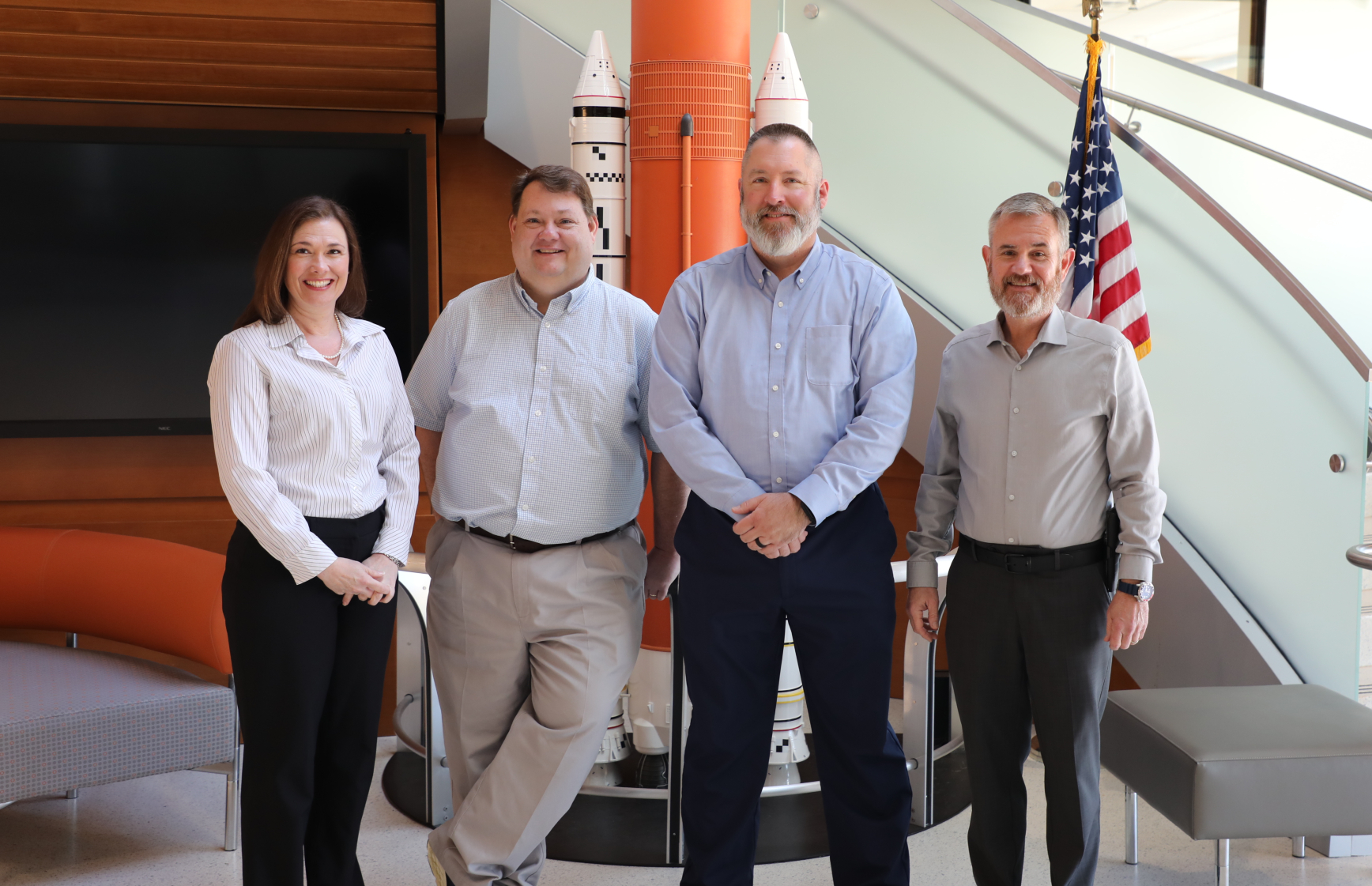
"We're a service organization with a mission to help NASA employees navigate the very complex world of export controls," said Sean Benson, who serves as Marshall's center export administrator. "They're laws that all U.S. entities - government included - must follow. Our role is to help the exporter navigate those in an efficient and compliant way."
It's important to note that exports aren't just physical goods being shipped overseas. They can include items shared virtually with foreign companies, visits from foreign nationals, presentations with non-U.S. schools or universities, and more.
"I often get asked to review presentations for export control content," said Elizabeth Ewald, senior export compliance specialist at Marshall. "I also help with international shipping."
"We review if NASA's going to be disposing of property, selling it out to markets. We make sure that if it's going, it's going to the proper parties," Benson said. "We also do a lot of work with foreign national visits. We do risk assessment for every foreign national visit that comes from Marshall Space Flight Center, including Michoud Assembly Facility and the National Space Science Technology Center."
CERs play an important role in the process. Benson and Ewald advise each technical organization at Marshall to have at least one CER.
"They're our eyes, ears, hands, and feet on the ground within the individual areas of the center," Ewald said. "They speak engineering, and we don't; we speak export, and they don't. Together, we make a great team to help when reviewing papers, presentations, and what-have-you."
To become a CER, a team member must complete 10 prerequisite courses in SATERN, then complete two live Teams sessions, which are four hours each. Once certified, they'll need to complete annual recertification to remain on the office's active CERs list.
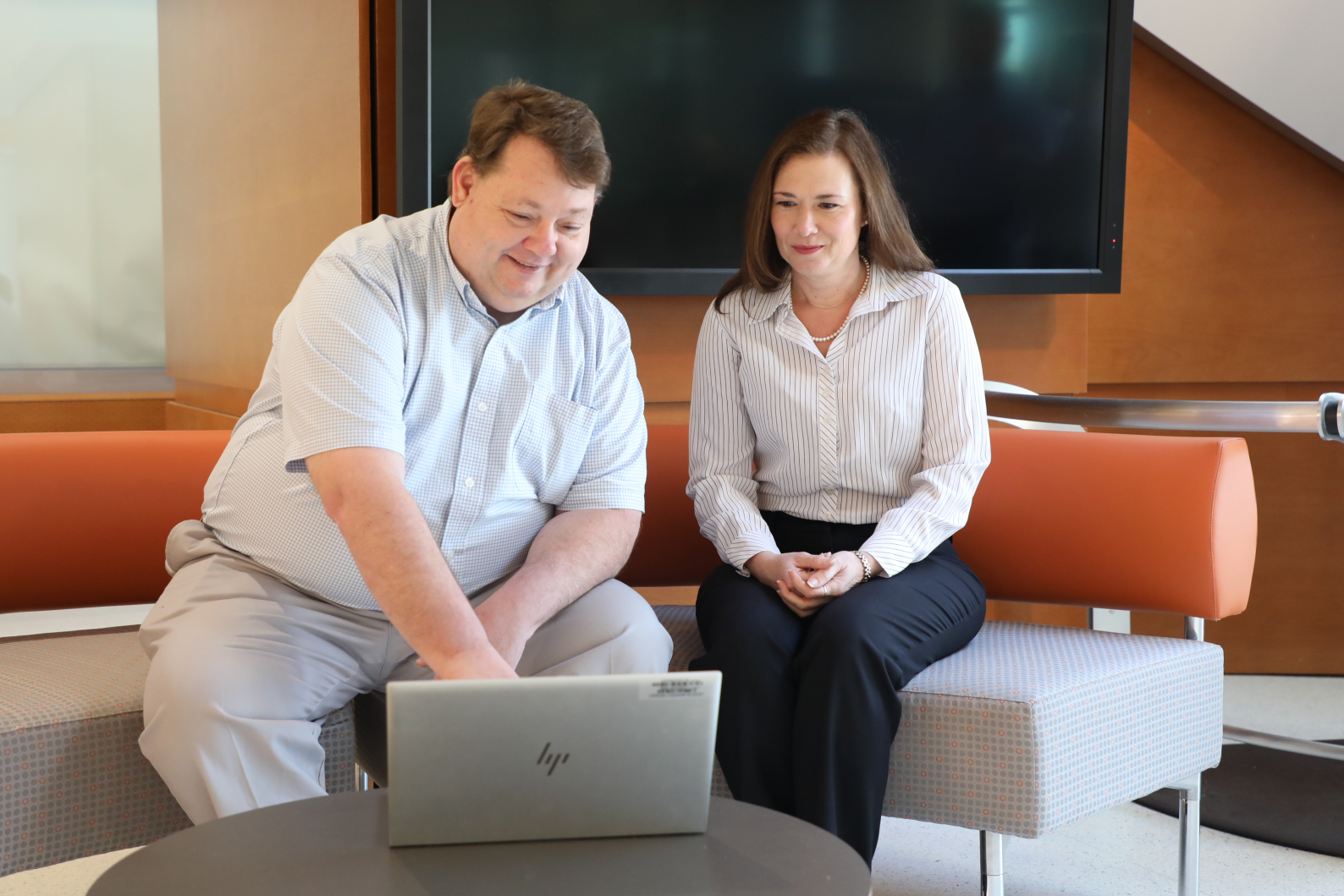
That list is just one of the many tools available for team members who visit the office's SharePoint page on Inside Marshall. The page also features contact information for the office's staff members, ways to file a request for export authorization or policy review, and access to the International Traffic in Arms Regulations (ITAR) and Export Administration Regulations (EAR), which are the two rulebooks that govern the Export Control Program.
"You can request training, too," Benson said. "You can also see our reference materials, including some helpful job aids for things like marking Controlled Unclassified Information (CUI) documents."
Each NASA center has its own Export Control Program to match that center's focus. Benson said he's proud to work at Marshall, where - in the words of Center Director Joseph Pelfrey - he can work on a rocket that's going to the Moon in the morning and on a rocket that's coming back from Mars in the afternoon.
"The best part of my job is being involved with helping programs and projects work with their national partners to do cool stuff in space," Benson said. "I never thought that I would be involved in things like helping people get satellites from one place to another and safely to a launchpad."
"We're here to help," Ewald said. "We want you guys to be able to do what you want to do, so get us involved. Sometimes the things we need to help you with will take more than 90 days to accomplish, so the sooner you get us involved, the better."






